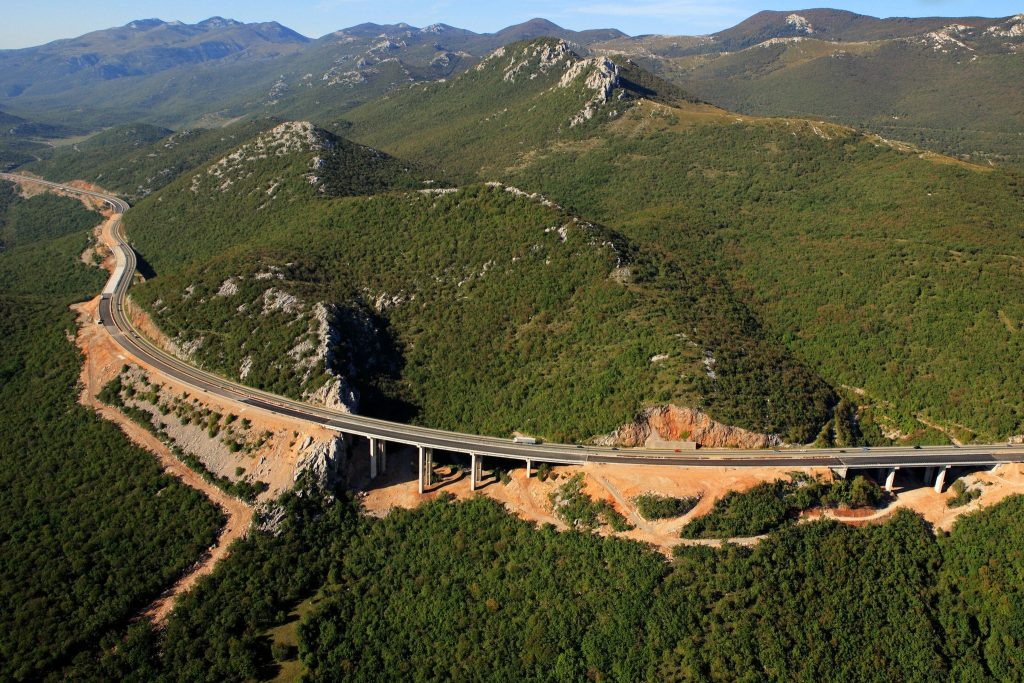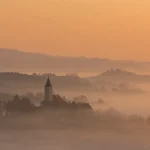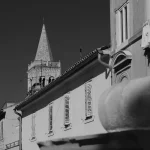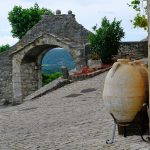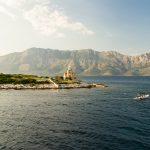We’ve explored many of the dialects, subdialects and indeed languages in their own right as some linguists consider them to be which are spoken across modern Croatia. From the Dubrovnik subdialect (Ragusan) in the extreme south of Dalmatia to Northwestern Kajkavian in areas like Zagorje, the ways in which people speak in this country deviate from what we know as standard Croatian language enormously. That goes without even mentioning much about old Dalmatian, Zaratin, once widely spoken in and around Zadar, Istriot, or Istro-Venetian.
Where is the Gorski-Kotar dialect spoken?
While its name might lead one to the apparently blindingly obvious conclusion, as touched on above, the Gorski-Kotar dialect is actually spoken in the very distinct area of the upper part of where the Kupa River flows and then further east, reaching all the way to the outskirts of what is classed as the region of Gorski Kotar. It’s a form of Kajkavian, and so the way the words are formed, accentuations and most of its general features are clearly Kajkavian. That said, it also boasts features of both the Chakavian and modern Slovenian languages.
Kajkavian is very widely spoken and is one of the main dialects that makes up modern standard Croatian. It contains many dialects of its own, from Eastern Kajkavian to Northwestern and Southwestern Kajkavian. The Gorski-Kotar dialect is just another in a list.
A little history involving former Croatian territory…
Jumping across the Croatian-Slovenian border for a minute or two, we can how linguistics in this area and an often turbulent history has intertwined over time, as speech with many features of the Gorski-Kotar dialect has stretched to the border areas on the (modern-day) Slovenian side of the Kupa river (more specifically areas of Bela Krajina and Pokuplje), which was where Croatian feudal lords had many of their fancy estates once upon a time.
In brief, the Gorski-Kotar dialect is a type of transitional speech that originated in an originally Chakavian area and then along the Kajkavian-Chakavian border a little south of the Kupa river which flows through both Croatia and neighbouring Slovenia
It’s worth noting that Bela Krajina, which is now Slovenian territory, was then part of Croatia, and much later it also became part of the wider Zagreb diocese. The entire wider area was quite dramatically changed by populations of migrants to the north, fleeing the arrival of the marauding Ottomans across the region, and later the return of that native population from the area of lower Kranjska (Dolenjska), now Slovenia.
For more on the Croatian language, including histories on the various dialects and subdialects, as well as learning how to swear in Croatian, make sure to check out our dedicated lifestyle section.

